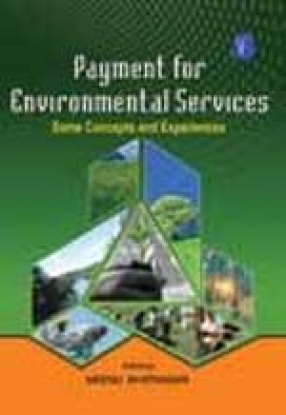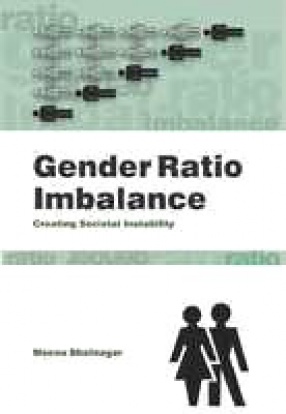Payment for Environmental Services: Some Concepts and Experiences
Payment for Environmental Services (PES) is the latest policy innovation that is attracting a lot of attention in both developed and developing countries. Collectively, the value of global environmental services has been estimated at US$ 33 trillion, higher than the entire world’s gross national product. The services which currently stand out are Carbon Sequestration and storage; Bio-diversity protection; Watershed protection and Landscape beauty. PES is a voluntary conditional transaction where there is at least one seller, one buyer and a well-defined environmental service. PES is an emerging concept and tool for achieving conservation of ecosystem and improving livelihoods of environmental service providers. Expansive assessments have praised the absolute advantages of PES over traditional conservation approaches. The basic principle of PES is that those who 'provide' environmental services should be rewarded by the beneficiaries. Markets for environmental services differ in geographic scope, strength and structure of demand, the competitiveness, nature and price of commodities sold and the number of transactions. Having an enormous potential to encourage and fund conservation efforts, the PES may succeed where other conservation approaches have failed. It could increase the appeal of conservation practices to landowners and farmers through provision of monetary incentives. This book introduces the concept of payment for environmental services. It highlights the subject by examining the basic principles of the payment for environmental services while addressing the livelihood issues for the poor, conservation of resources, preservation of flora and fauna etc. The book richly draws on the environmental service schemes being implemented in different countries across the world.
Get it now and save 10%
BECOME A MEMBER











Bibliographic information